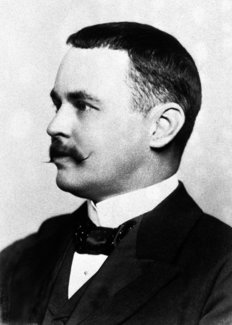
Sir Ronald Ross (nobelprize.org)
"The Panama Canal was dug with a microscope."
~ Ronald Ross
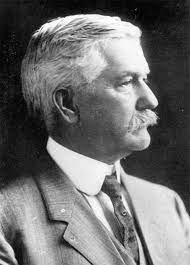
William Gorgas (lshtm.ac.uk)

Ancon Hospital Ward (docsteach.org)
Another advancement made during the construction of the canal was the development of malaria and yellow fever prevention. Around 20,000 workers died from these diseases during the construction of the canal, greatly increasing danger to workers. It was common thought at the time that these diseases were transferred through the air. After some research, ants were blamed for transmitting these diseases. The attempted solution was to put bowls of water at the bed posts of the medical centers so ants could not travel up to the patient. Unfortunately, this made transmission of these diseases even worse, since the water was a good breeding ground for mosquitoes.

Sir Ronald Ross (nobelprize.org)
"The Panama Canal was dug with a microscope."
~ Ronald Ross

William Gorgas (lshtm.ac.uk)
Ronald Ross, a physician researching the transmission of malaria, was assigned to investigate malaria in Panama. He discovered that mosquitoes were responsible for these diseases. To prevent the spread of malaria, screens were put up in buildings to prevent mosquitoes from entering. Pools of standing water were drained or had oil poured on them to kill mosquito larvae and prevent mosquitoes. When oiling the water was ineffective, larvicide was used to kill the mosquito larvae. William Gorgas, a U.S. Army Surgeon, helped implement these methods and was able to fully eradicate yellow fever at the Panama Canal. This was a major breakthrough that prevented many deaths caused by yellow fever and malaria.
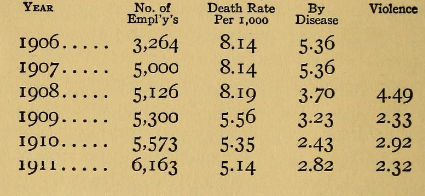
(loc.gov)
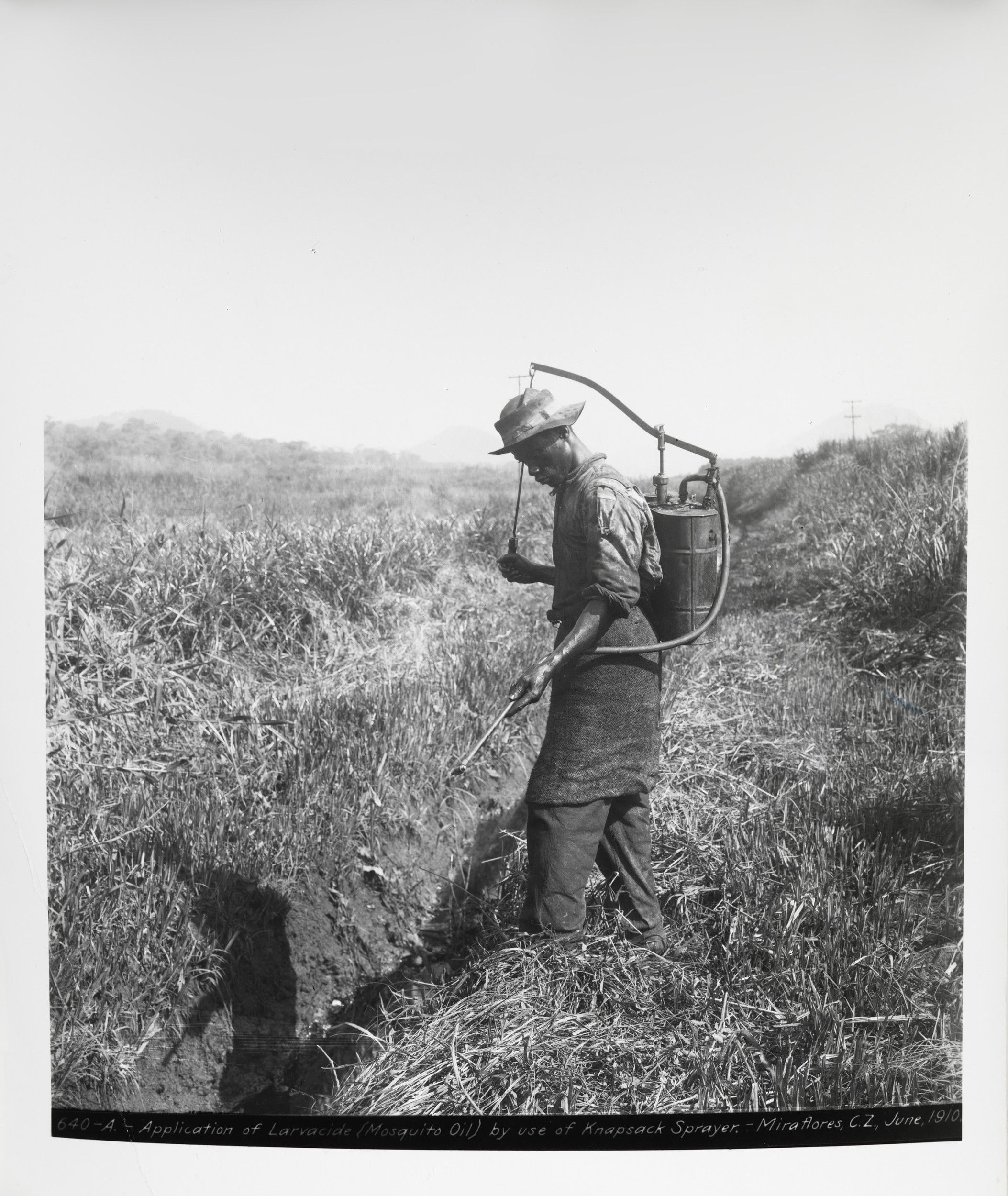
Larvacide Application (docsteach.org)
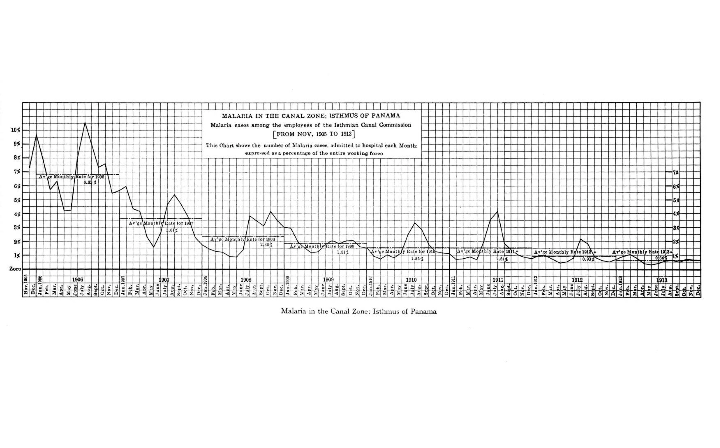
(dp.la)